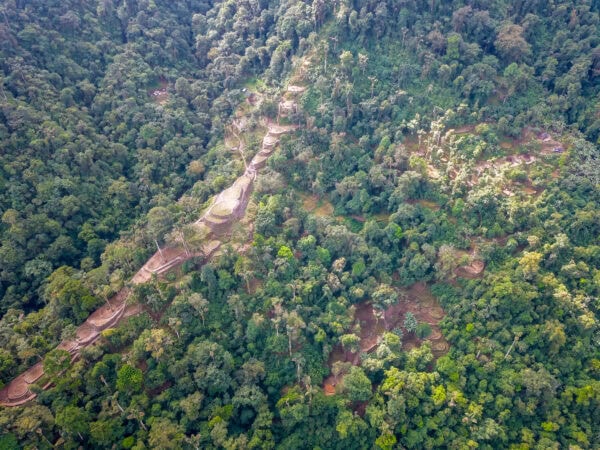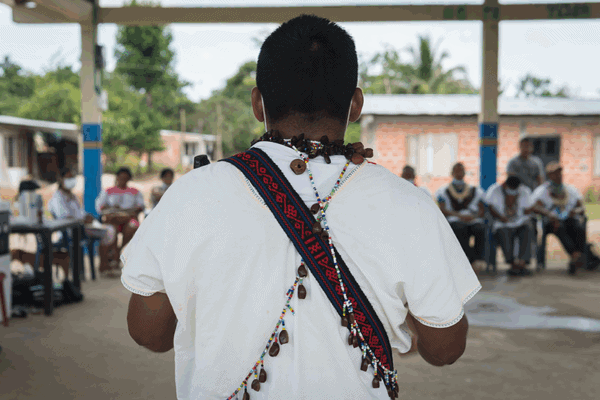The Amazon Rainforest represents one of the most vital ecosystems on Earth, home to an incredible variety of plants, animals, and indigenous tribes. As the world’s largest tropical rainforest, the Amazon is crucial not only for its biodiversity but also for its role in regulating the global climate and supporting human life. As a result, Amazon rainforest biodiversity and conservation are critical for a healthy planet. Read on to discover fascinating facts about the Amazon and why protecting this rainforest is essential for the planet.
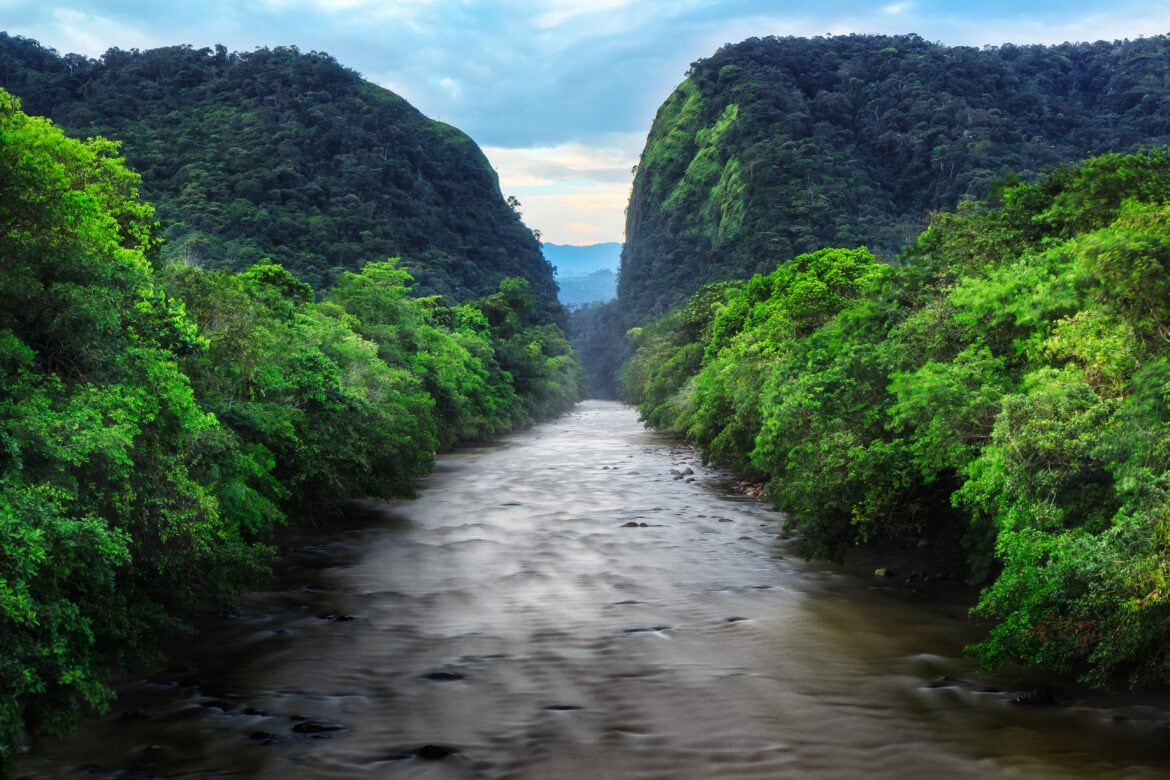
Fascinating Facts About the Amazon Rainforest
- The Amazon is home to 10% of the world’s species, making it one of the most biodiverse places on Earth.
- A single river in the Amazon may contain more fish species than all of Europe’s rivers combined.
- The Amazon has more than 390 billion trees, which absorb huge amounts of carbon, helping to regulate the global climate.
- Some plants in the Amazon, like cacao, grow their fruits directly on their trunks, an unusual trait that helps animals pollinate and spread seeds.
What Makes Tropical Rainforests Like the Amazon So Special?
The Amazon Rainforest is more than just a jungle. It is a living, breathing ecosystem that contributes significantly to the health of the planet. Tropical rainforests, such as the Amazon, thrive in the equatorial zone, where consistent heat and humidity support diverse life forms. This unique climate results in rainforests receiving between 60 and 120 inches of rainfall each year, creating a lush environment where biodiversity can flourish.
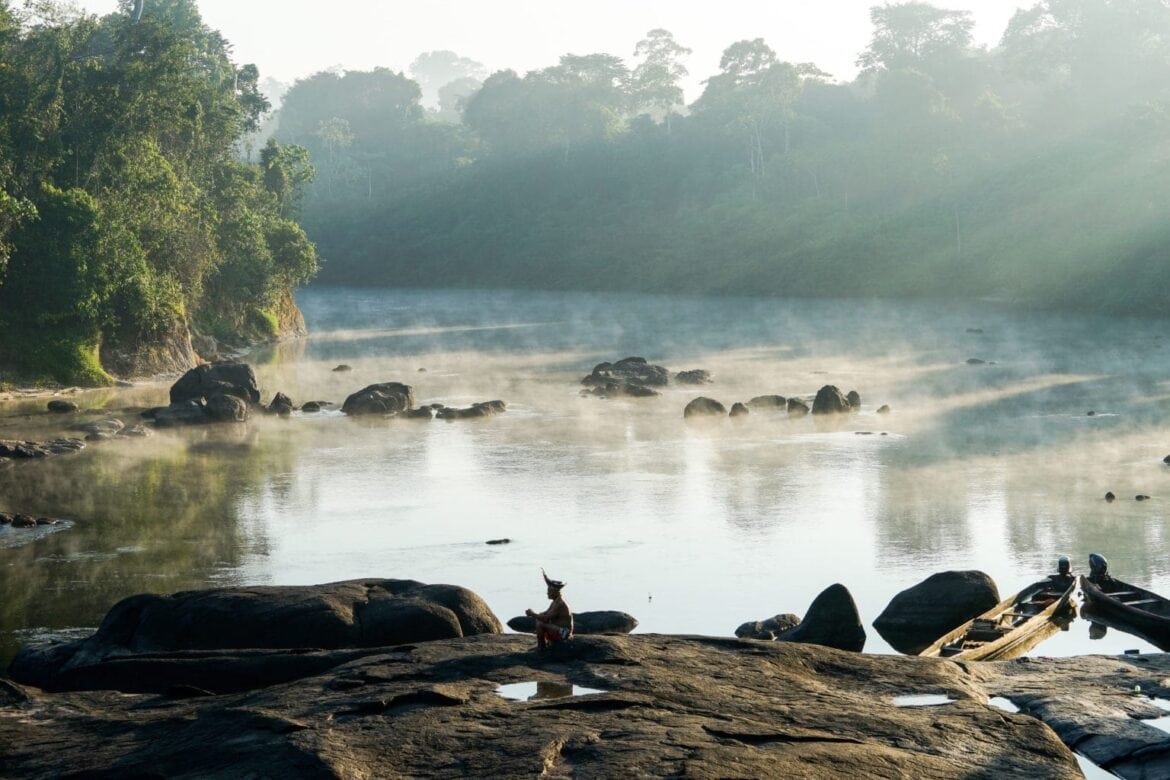
Some of the Amazon Rainforest’s trees grow more than 200 feet tall and feature buttress roots that help anchor them in shallow soil. These roots spread out like flying buttresses, preventing erosion and stabilizing the trees against powerful winds and heavy rains. The Amazon is also home to lianas, thick vines that twist around the trunks of trees, connecting them to form an extensive network. Many of the lianas like ayahuasca are used as medicines by local peoples.
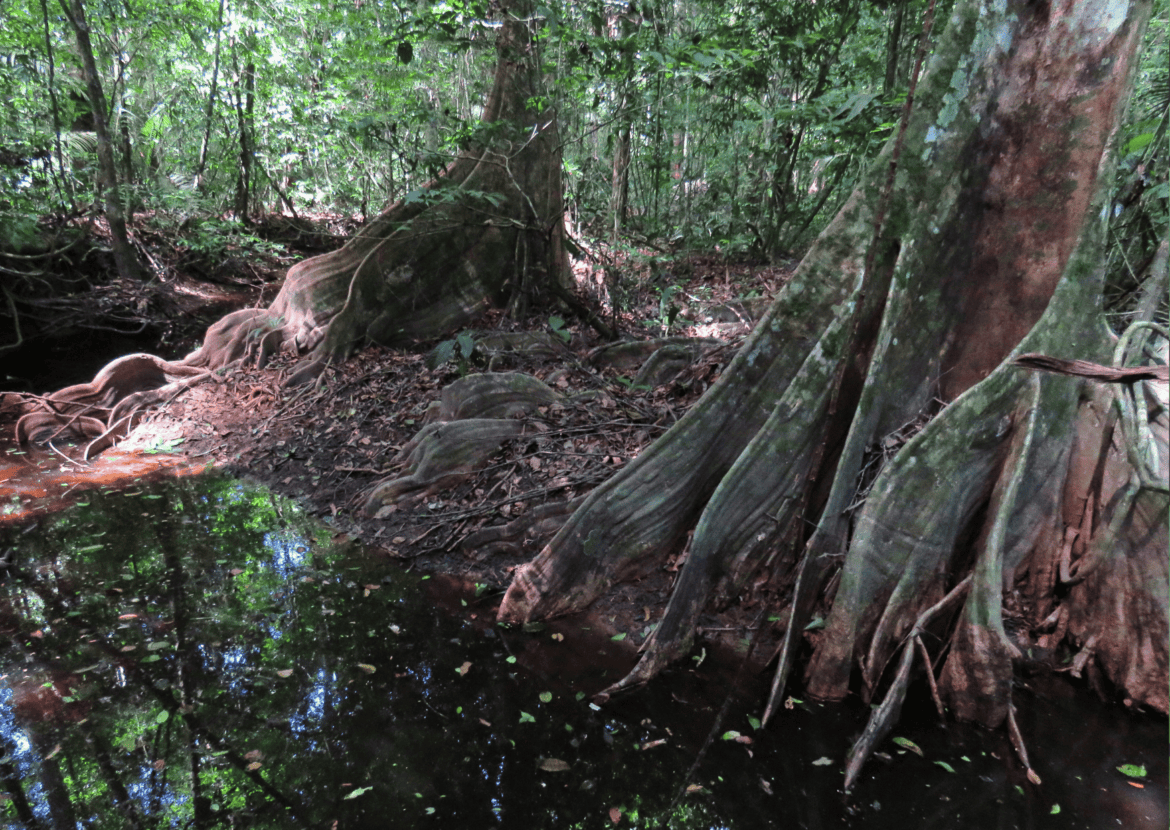
The Canopy: A Hidden World of Life
The Amazon’s canopy is a vital layer of the forest, with astonishing biodiversity. This uppermost layer of trees and branches stretches up to 100 feet above the forest floor, providing a home for various species, such as harpy eagles, scarlet macaws, and even arboreal anteaters. In fact, most of the rainforest’s life occurs in this layer where plants, animals, and insects form complex interactions.
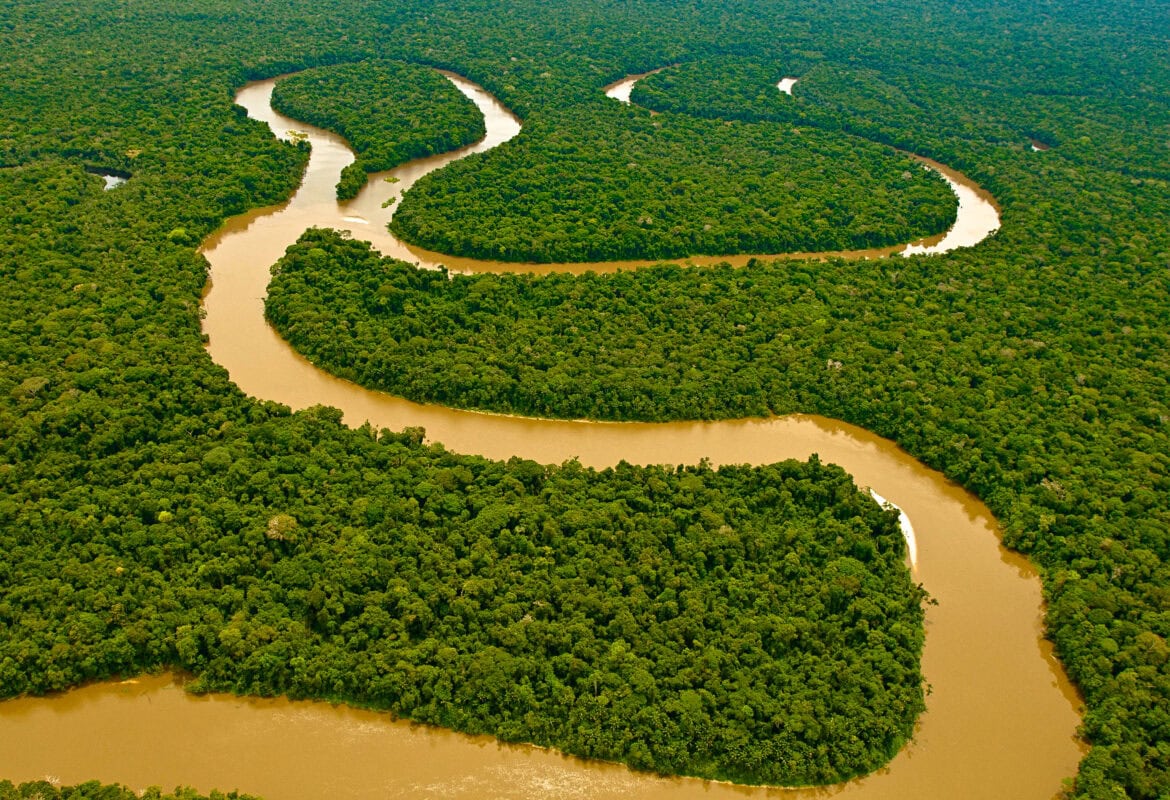
A fascinating aspect of Amazonian plants is their ability to grow fruits directly on their trunks. This process, called cauliflory, is seen in trees like cacao (the source of chocolate) and ensures that pollinators and seed dispersers, such as bats, can easily access the plants. This adaptation is just one example of how the Amazon’s biodiversity supports interconnected ecosystems.

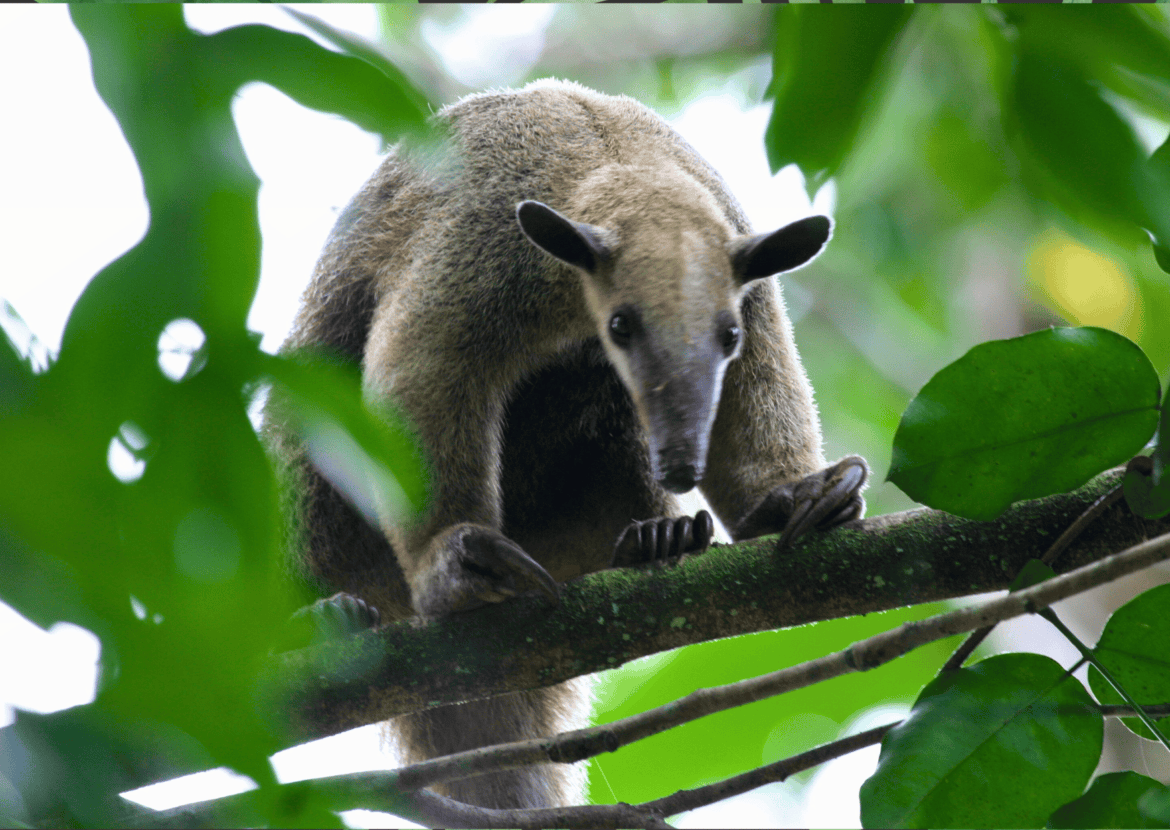
The Amazon’s Role in Global Climate Regulation
One of the most crucial functions of the Amazon is its ability to regulate the global climate. The Amazon Rainforest contains an estimated 390 billion trees that sequester vast amounts of carbon dioxide. As a result, the Amazon plays a key role in mitigating the effects of climate change. However, the rapid deforestation of the Amazon is causing carbon emissions to spike as these trees are cut down and burned.
Beyond climate regulation, the Amazon Rainforest is integral to maintaining the global water cycle. By absorbing and releasing moisture, the Amazon helps maintain rainfall patterns that affect regions far beyond the forest itself. Without the Amazon, many areas across the globe would experience much drier climates, leading to devastating droughts and crop failures.
The Amazon’s Rich Resources: A Global Treasure
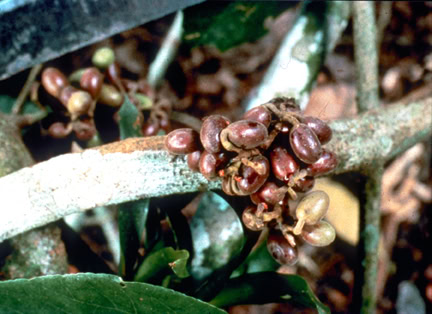
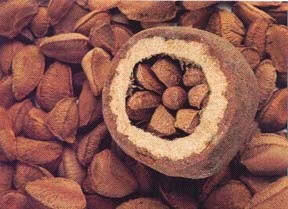
The Amazon is also known for its wide range of natural resources that benefit people worldwide. Brazil nuts, acai berries, and cacao (the source of chocolate) are just a few of the valuable products harvested from the Amazon Rainforest and distributed globally. In addition, Amazonian plants like curare and jaborandi have been used by indigenous communities for centuries for medicinal purposes, with many of these plants still inspiring modern treatments. For instance, the venom from a Brazilian viper has been used to develop ACE inhibitors, which treat heart disease.
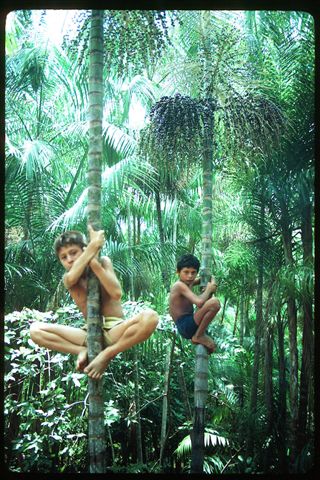

Protecting the Amazon: Why We Must Act Now
Deforestation, illegal mining, and industrial agriculture continue to threaten the Amazon Rainforest. Protecting the Amazon is critical not just for the local wildlife, but for the global climate and the millions of people who depend on its resources. The creation of protected areas and support for indigenous communities in the Amazon are essential for preserving this unique ecosystem.
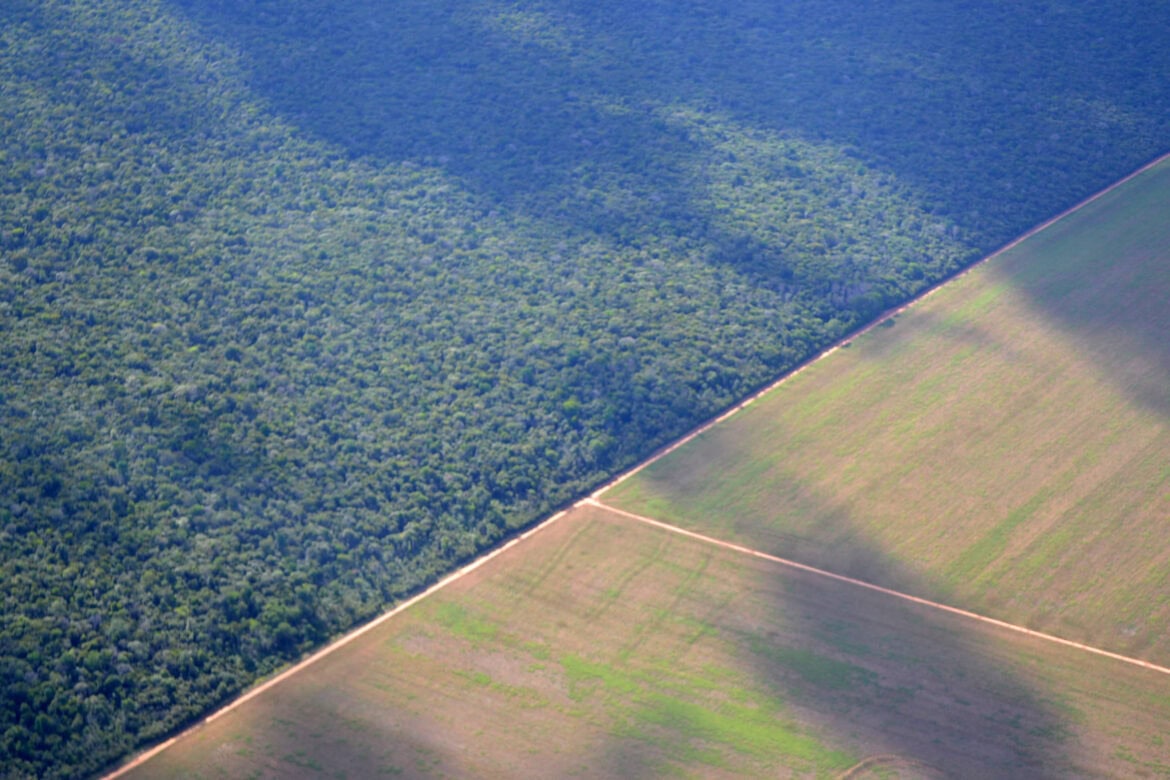
Indigenous groups in Amazonia are often the best stewards of their ancestral rainforests. With deep knowledge of the forest’s plants, animals, and ecosystems, these communities play a vital role in safeguarding the rainforest. By supporting sustainable development practices and respecting indigenous rights, we can help ensure the survival of the Amazon for future generations.
In Conclusion: Why We Must Protect the Amazon
The Amazon Rainforest is not just a patch of jungle—it’s a global treasure. It serves as the heart of Earth’s biodiversity, provides essential resources for medicine and agriculture, and plays a major role in regulating climate stability and water cycles. The importance of Amazon rainforest biodiversity and conservation can not be overstated—it’s crucial for the well-being of the planet and all of its inhabitants. Together, we can make a difference by advocating for sustainable development, supporting conservation efforts, and respecting indigenous rights to protect the Amazon.
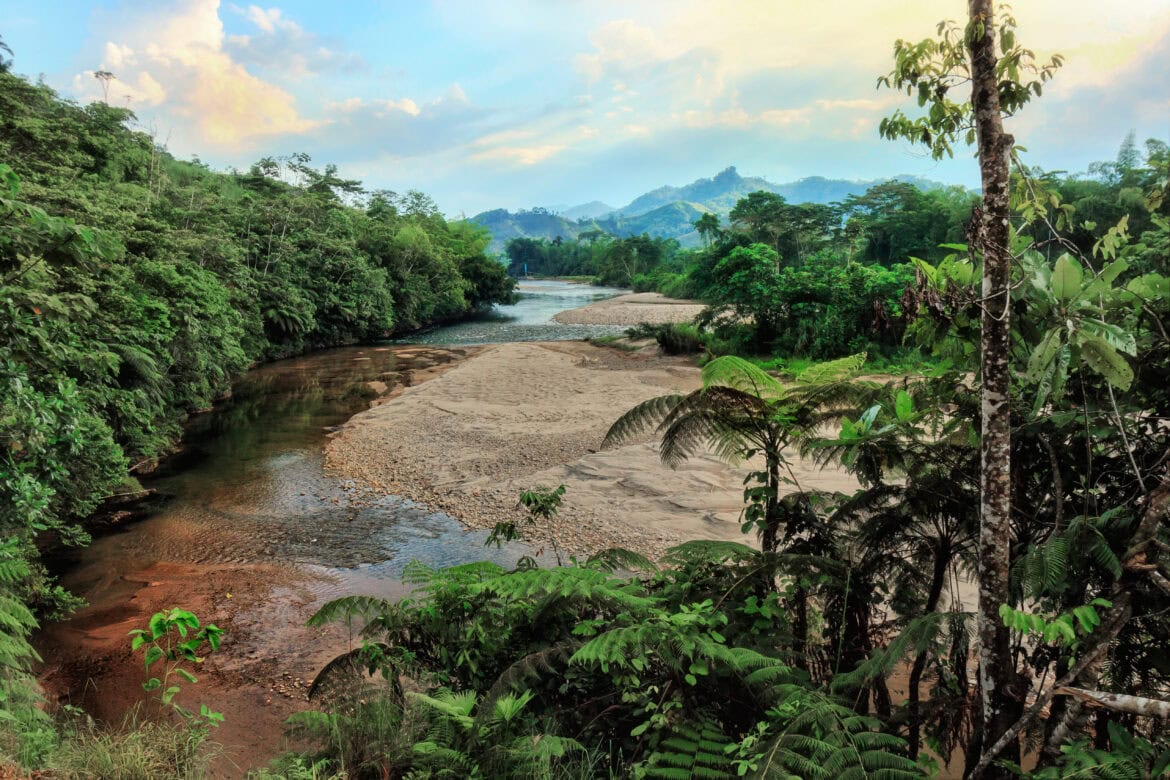
Fascinating Facts About the Amazon Rainforest
- The Amazon is home to 10% of the world’s species, making it one of the most biodiverse places on Earth.
- One single river in the Amazon may have more fish species than all of Europe’s rivers combined.
- The Amazon contains over 390 billion trees, which help regulate the global climate by absorbing large amounts of carbon.
- Cacao trees, the source of chocolate, grow their fruits directly on their trunks through a process called cauliflory.
- The Amazon is home to thousands of plants and hundreds of indigenous groups, several of which have limited or no contact with the outside world
- Indigenous tribes in the Amazon are often the best environmental stewards, managing vast territories and their resources sustainably.
- The Amazon River is the second-longest river in the world, stretching over 4,000 miles across South America.
- Brazil nuts, acai berries, and chocolate are some of the world-renowned products that come from the Amazon.
- Rainforests receive between 60 and 120 inches of rain annually, contributing to the lush and vibrant ecosystem.
- The buttress roots of Amazon trees can grow as high as 30 feet, helping stabilize the tall trees in the shallow soil.
- More than 75% of the world’s 200 palm genera are found in the Amazon Rainforest.
- The Amazon has more species of ants in a single bush in Bolivia than in the entire United Kingdom.
- Amazonian plants like curare have been used for centuries to treat ailments, inspiring modern medicine and heart disease treatments.
- The Amazon’s plants and animals are still largely unexplored, with potential cures and discoveries waiting to be made.
Credit: Dr. Mark J. Plotkin, from his book “The Amazon: What Everyone Needs to Know“
Share this post
Bring awareness to our projects and mission by sharing this post with your friends.



